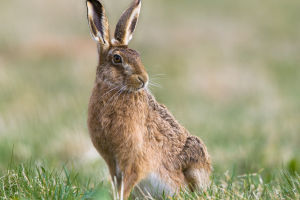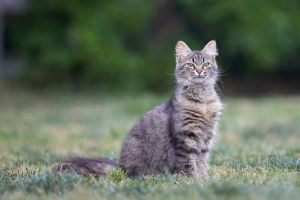Etosha
Namibia, a country renowned for its stunning landscapes and diverse ecosystems, offers a plethora of natural wonders.
Among its most impressive treasures is Etosha National Park, a vast and captivating wildlife sanctuary that epitomizes the beauty and grandeur of African nature.
Established in 1907, Etosha National Park is one of Africa’s premier game reserves, renowned for its remarkable wildlife viewing opportunities, unique landscapes, and commitment to conservation.
Etosha National Park covers an expansive 22,270 square kilometers in northern Namibia, making it one of the largest game reserves in Africa. The park’s landscape is defined by the Etosha Pan, a vast, saline desert that dominates the park’s center.
This ancient, dried-up lake bed stretches for over 5,000 square kilometers and creates a stark, otherworldly contrast against the surrounding savannahs and grasslands.
During the rainy season, the pan transforms into a shallow, seasonal lake that attracts a diverse array of wildlife and migratory birds. The shimmering waters provide a dramatic backdrop for game viewing, as animals congregate around the pan to drink and graze.
In the dry season, the pan becomes a shimmering expanse of white salt crust, creating a mesmerizing and surreal landscape that highlights the park’s desolate beauty.
Surrounding the pan, the park features a variety of habitats, including grasslands, woodlands, and arid scrublands. This diverse range of environments supports a rich tapestry of flora and fauna, making Etosha a microcosm of Namibia’s ecological diversity.
The contrast between the lush vegetation near the waterholes and the arid expanses of the pan underscores the park’s dynamic and ever-changing landscape.
Etosha National Park is renowned for its exceptional wildlife populations, offering some of the best game viewing experiences in Africa.
The park is home to an impressive array of species, including the “Big"Five"—lions, leopards, elephants, rhinos, and buffaloes—as well as numerous other mammals, birds, and reptiles.
One of the park’s most notable features is its large populations of black and white rhinos. Etosha is one of the few places where visitors can see both species in their natural habitat. The park’s extensive network of waterholes provides crucial sources of hydration for these magnificent creatures, enhancing the chances of sightings.
Elephants are another highlight of Etosha’s wildlife. The park boasts one of the largest elephant populations in Africa, with herds frequently observed wandering across the savannahs and congregating at waterholes. These gentle giants, with their impressive tusks and social behavior, are a major draw for wildlife enthusiasts.
Predators such as lions and leopards are also prominent in Etosha. The park’s varied landscapes offer ideal hunting grounds for these apex predators, and visitors often witness dramatic scenes of predation and competition among the wildlife.
Birdwatchers will find Etosha a paradise, with over 340 bird species recorded within the park. The wetlands and waterholes attract a variety of migratory and resident birds, including flamingos, herons, and ostriches. The seasonal influx of birds to the pan adds a vibrant and colorful dimension to the park’s wildlife experience.
Etosha National Park plays a crucial role in Namibia’s conservation efforts, serving as a vital sanctuary for endangered species and a model for sustainable wildlife management.
The park’s history of conservation dates back to its establishment in the early 20th century, and it continues to be a focal point for protecting Namibia’s natural heritage.
Efforts to combat poaching, habitat loss, and human-wildlife conflict are central to the park’s conservation strategy. The Namibian government, along with various conservation organizations, works to ensure the protection of wildlife and the preservation of the park’s ecosystems.
Community engagement and eco-tourism initiatives are also integral to the park’s sustainability, fostering a sense of shared responsibility for conservation among local communities and visitors.


